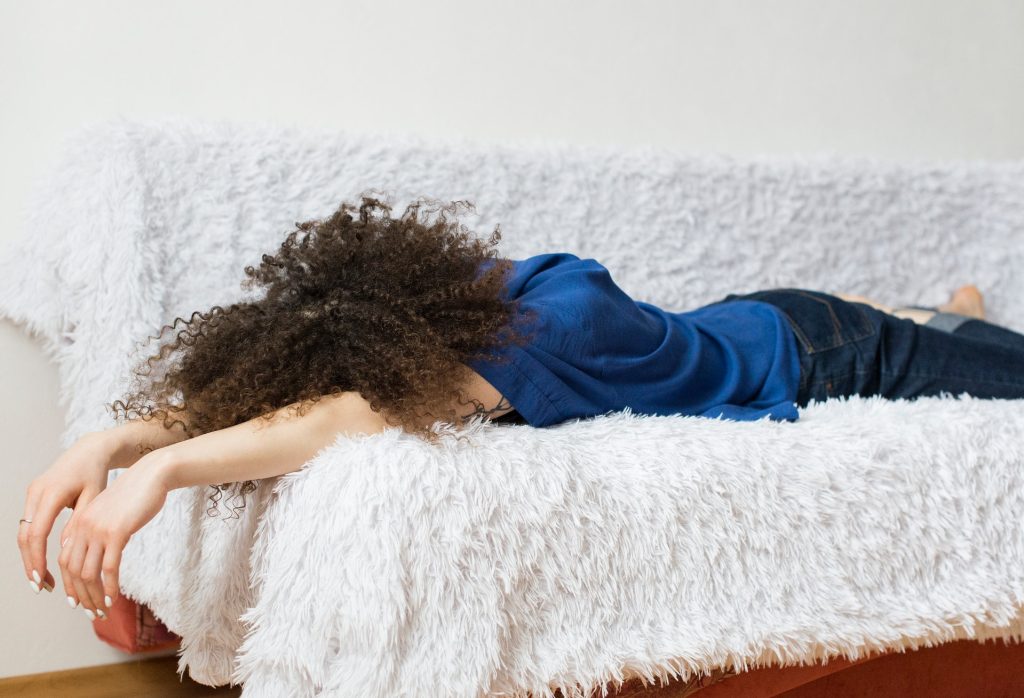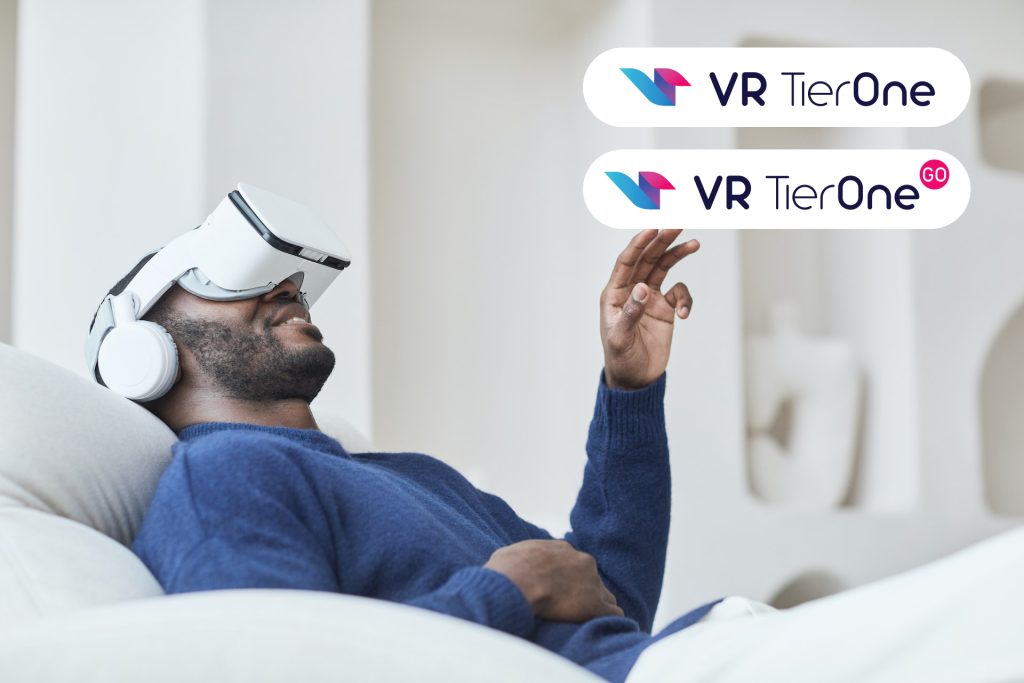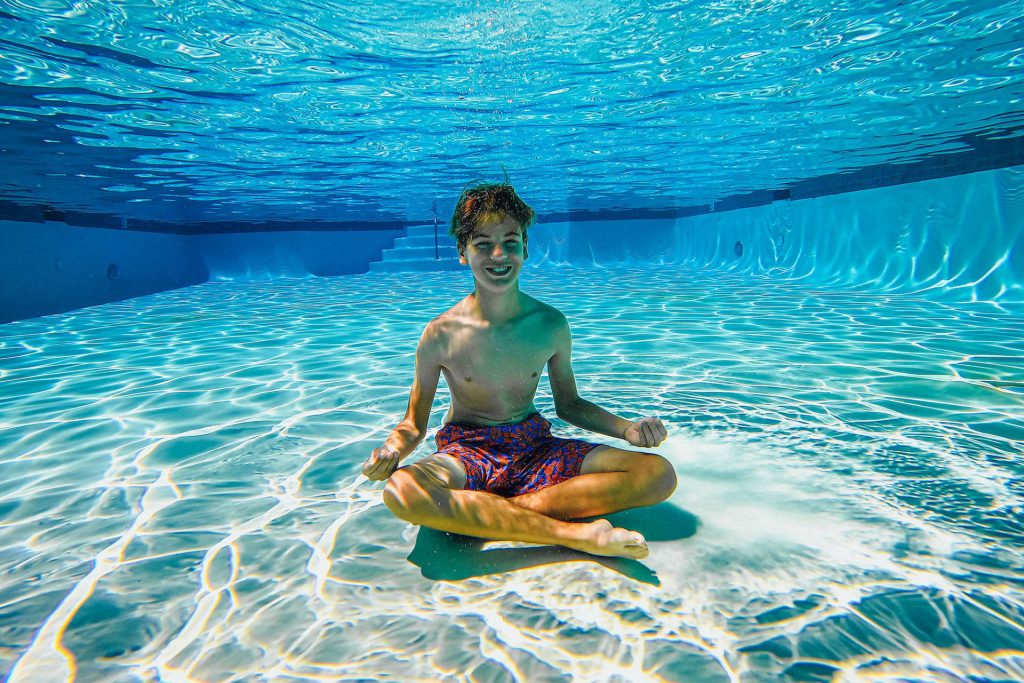The VR TierOne system was recognized by those physiotherapists who work, on a daily basis, with neurological patients, for whom recovery is particularly time-consuming and requires a lot of commitment on the part of therapists and the patient itself. Aleksandra Kucińska, a physiotherapist from the Upper Silesian “REPTY” Rehabilitation Centre, explains how VR TierOne supports patients and medical staff in their rehabilitation.
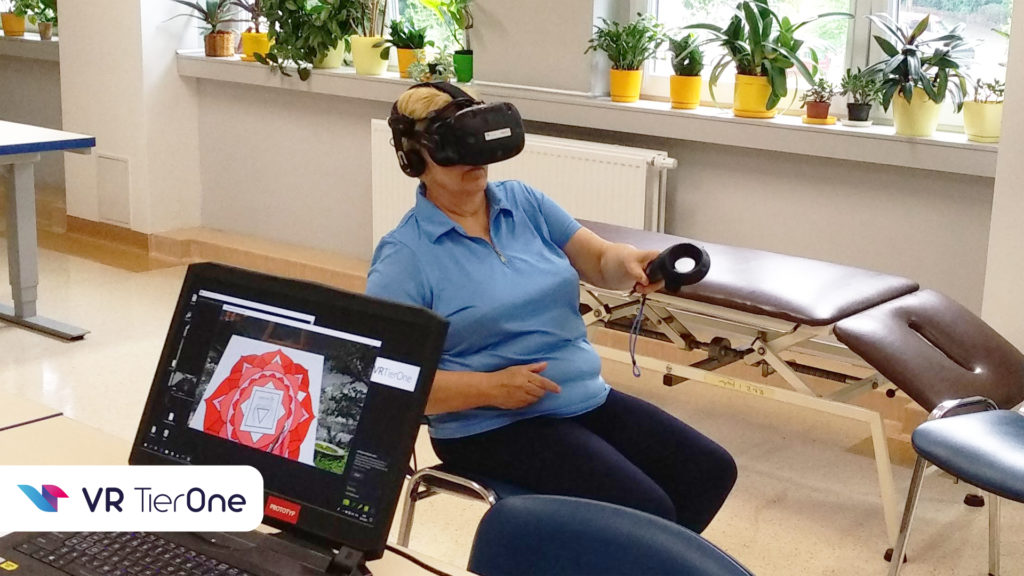
Emotions and movement
For years of my work as a physiotherapist with patients with lesions of the Central Nervous System my attention focused foremostly on motoric aspects. Getting to know the principles of the proper functioning of the nervous system, the processes of cortical processing of sensory stimuli to the motor response, and structural conditions needed to perform movement were the main issues that were of my interest.
As my experience and knowledge grew, I began to notice elements, often not fully associated with movement, but having a huge impact on our motoric behaviour. The cognitive and emotional problems of patients after stroke have determined their motor activity to equal degree as did the problems of the locomotor system. Patients most often struggled with depressed mood, lack of motivation or fluctuations in maintaining it. They were also often accompanied by issues related to concentration and attention, thus significantly limiting the space for motor learning.
Meeting with VR
Thanks to the cooperation with Professor Joanna Szczepańska-Gieracha and the entire team of VR TierOne designers, I have to admit that I was able to get to know the tool supporting stroke patients, struggling with problems, on their way to return to fitness, and more importantly to independence and greater involvement in rehabilitation process.
Patients’ reactions
During the research on the VR System, I was able to observe the reactions of patients to a technology that was so far unknown to them. Interestingly, the applied transfer of the patient to the garden allowed them to freely and naturally enter the world of technology. For many of my patients, it was a world, where they felt at home, because they themselves had gardens in their surroundings. Apart from relaxation and calmness (manifested even in deeper and calmer breathing), the patients ended the sessions with motivation, they wanted to take care of the garden, they wanted to take care of their health. Questions concerning additional exercises, about how they can work even more on their fitness, were another proof of this engagement, and we all know how important it is that the patient does not lose involvement in this long and often not completely satisfying process.
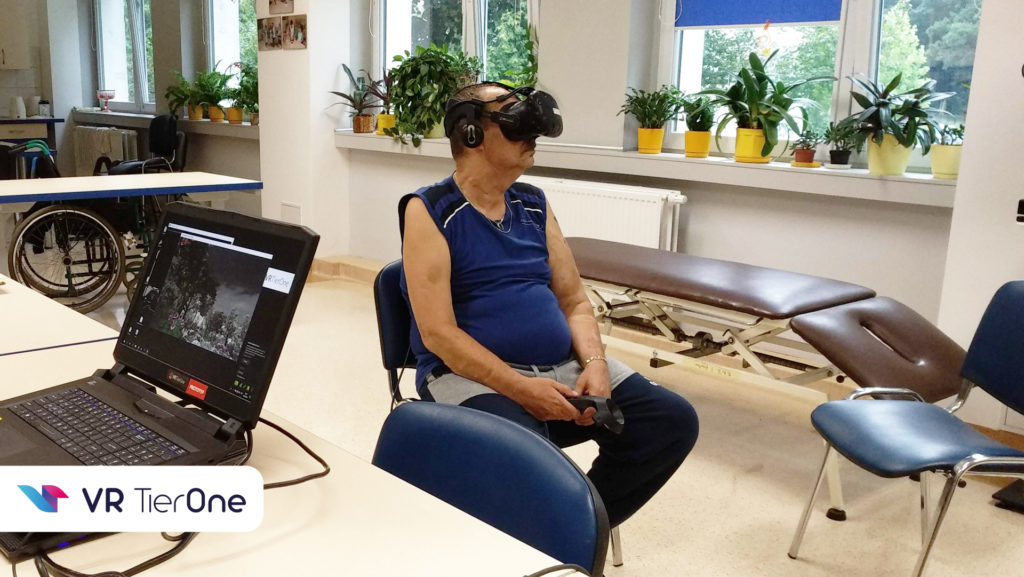
Improving efficiency
The elements that structure patient mobility, which in my opinion are directly influenced by VR TierOne, are also crossing the midline of the body, greater involvement of the side of the body directly affected (especially the upper limb), spontaneous inclusion of the directly affected limb in motion in patients, who previously neglected it in spontaneous activity. I could also observe an increase in the range of head movements towards the directly affected side in case of the latter patients.
Ease of use
What was of equal importance for me, as a person operating the VR TierOne System, the simple, and even intuitive operation of the device itself. It does not require additional treatments, just a bit of secluded space and silence. Patients can use the device while sitting in a wheelchair or chair, which does not require additional patient transfer skills. The headset that I used during the research made it possible to put them on the patient’s personal corrective glasses, thus making it easier benefit from the session.
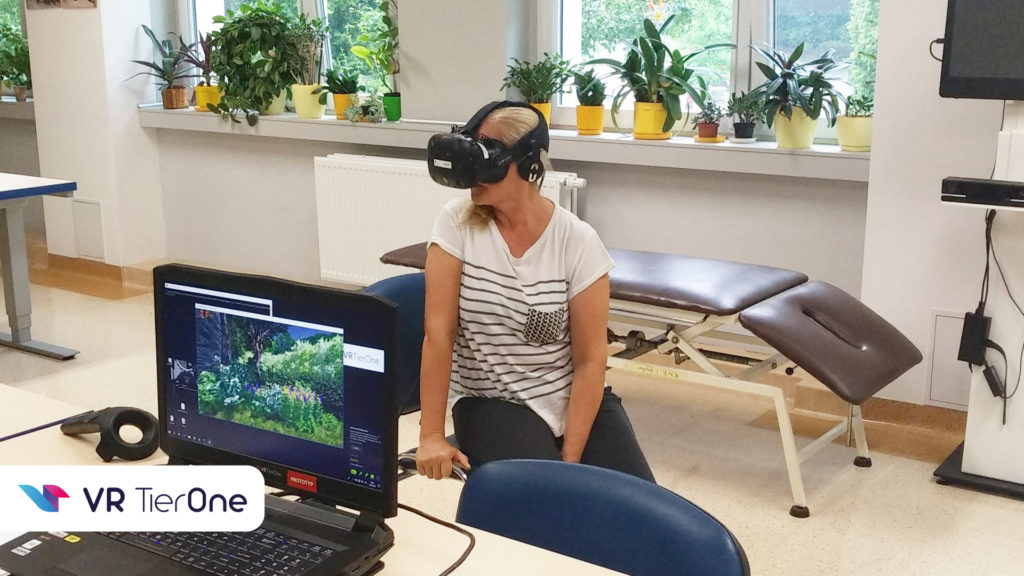
Technology support
I do believe that the idea hidden behind the VR TierOne System’s high technology gives the patients and persons from their surroundings, both families and the therapeutic teams, support in return to greater mobility and independence, and these are elements that I can talk about that are close to me because of my profession. However, I am ale deeply convinced that there are many more elements in the field of psychology that significantly improve the comfort of returning to fitness. They facilitate and pave the way to the health of the patients and people associated with that path. I also hope that this technology will continue to evolve, making it possible to apply it for an increasing number of patients, e.g. coma patients that I am also working with at the moment.




